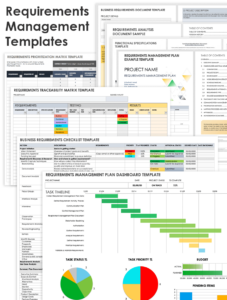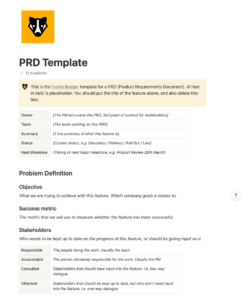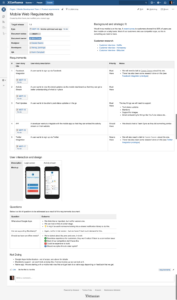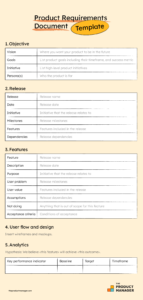A business analysis requirements gathering template is a valuable tool for project teams to capture the needs of stakeholders and ensure that the end product meets their expectations. With a well-crafted template, analysts can guide discussions, document key requirements, and establish a foundation for successful project outcomes. This article will provide a comprehensive guide to using a business analysis requirements gathering template effectively.
When embarking on a business analysis project, it’s crucial to have a structured approach to requirements gathering. A comprehensive template provides a consistent framework to follow, ensuring that all relevant information is captured and analyzed. It eliminates the risk of missing critical requirements and helps maintain alignment among stakeholders throughout the project life cycle.
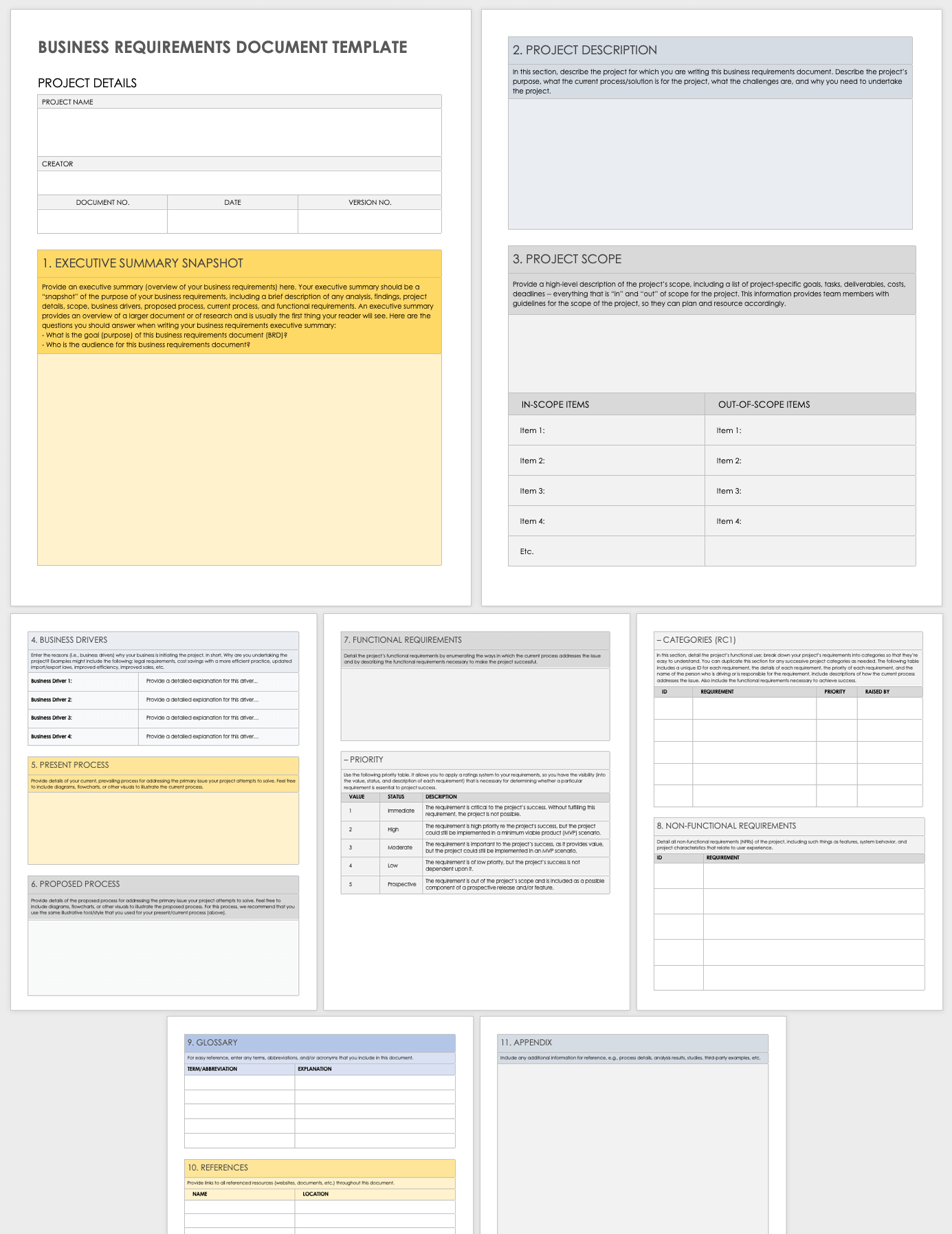
Understanding the Components
A typical business analysis requirements gathering template consists of several key components:
– Stakeholder Identification: This section captures the names, roles, and contact information of all stakeholders involved in the project.
– Project Description: A brief overview of the project scope, objectives, and timeline.
– Requirement Statements: A clear and concise description of each requirement, including its source, priority, and impact.
– Analysis and Validation: A section for documenting the analysis and validation process, including any assumptions or risks associated with the requirement.
– Acceptance Criteria: Criteria that define how the requirement will be tested and validated.
Effective Template Utilization
To maximize the effectiveness of a business analysis requirements gathering template, consider the following best practices:
– Collaboration: Involve stakeholders throughout the process to ensure their needs are accurately captured.
– Prioritization: Establish a clear prioritization system to determine which requirements are most critical.
– Traceability: Create traceability links between requirements, design elements, and test cases to maintain consistency.
– Change Management: Implement a change management process to adapt to evolving requirements as the project progresses.
– Feedback Mechanism: Establish a feedback mechanism to gather input from stakeholders and make necessary adjustments.
Conclusion
A business analysis requirements gathering template is a powerful tool that streamlines the requirements gathering process, ensuring that projects are based on a solid understanding of stakeholder needs. By following the steps outlined in this article and leveraging the capabilities of a comprehensive template, project teams can effectively capture, analyze, and manage requirements, laying the foundation for successful project outcomes.
Remember, a well-defined template not only saves time and effort but also fosters collaboration, improves communication, and ultimately leads to a product or service that meets the needs of end-users.
